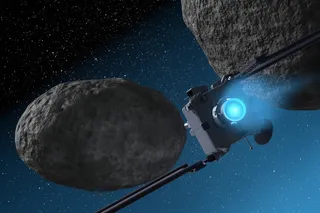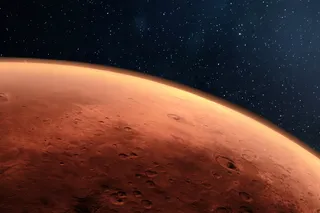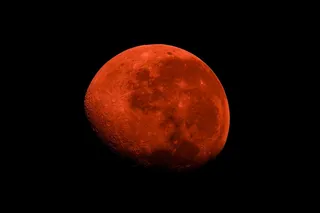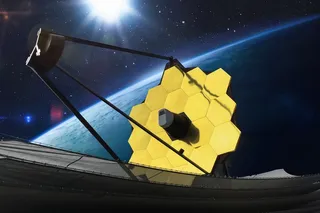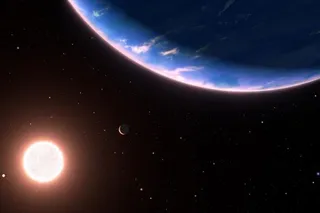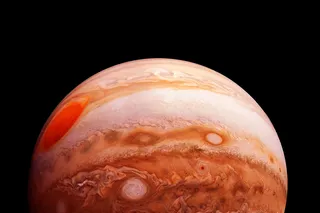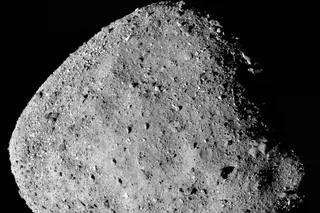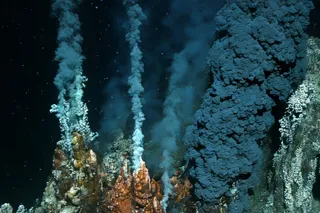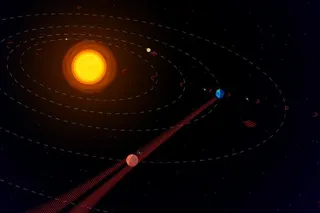: Images sent back from NASA's Cassini spacecraft depict storm clouds and methane rain puddles, the first solid evidence of modern rainfall on Titan, Saturn's largest moon. “We’re pretty confident that it has just rained on Titan,” lead author Elizabeth Turtle, from Johns Hopkins University Applied Physics Laboratory, told Wired. Astronomers have previous evidence of sulfuric-acid precipitation on Venus, but it doesn't count as rainfall because it never reaches the surface. What's the Olds:
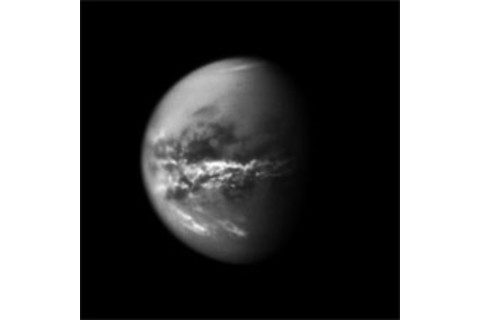
What's the News
Launched in 1997, Cassini arrived at Saturn's orbit in 2004, where it started studying several of the planet's moons.
As covered in 80beats, this wasn't the first time scientists have thought about whether it rains on Titan.
80beats covered the 2008 discovery of the "ingredients of life" on Saturn's moon Enceladus.
And the spacecraft has also caught the changing seasons on Titan's surface.
Images reveal that these seasonal changes are so drastic that they affect the methane levels on Titan's lakes.
Not So Fast: Don't read too much into these showers: Methane rain doesn't mean life. The search continues.
Reference: “Rapid and Extensive Surface Changes Near Titan’s Equator: Evidence of April Showers.” E.P. Turtle, J.E. Perry, A.G. Hayes, R.D. Lorenz, J.W. Barnes, A.S. McEwen, R.A. West, A.D. Del Genio, J.M. Barbara, J.I. Lunine, E.L. Schaller, T.L. Ray, R.M.C. Lopes, E.R. Stofan. Science, Vol 331, March 18, 2011. DOI: 10.1126/science.1201063
Image: NASA/JPL/Space Science Institute




